Today, there is dangerous news from the Zaporizhia direction.
Here, Russian forces have broken through a key point of the Ukrainian defensive line north of Huliaipole, creating a rapidly expanding threat to one of Ukraine’s most fortified strongholds. In response, Ukrainian forces have regrouped and shifted into position for a decisive battle that will determine the outcome of the battle for Huliaipole.
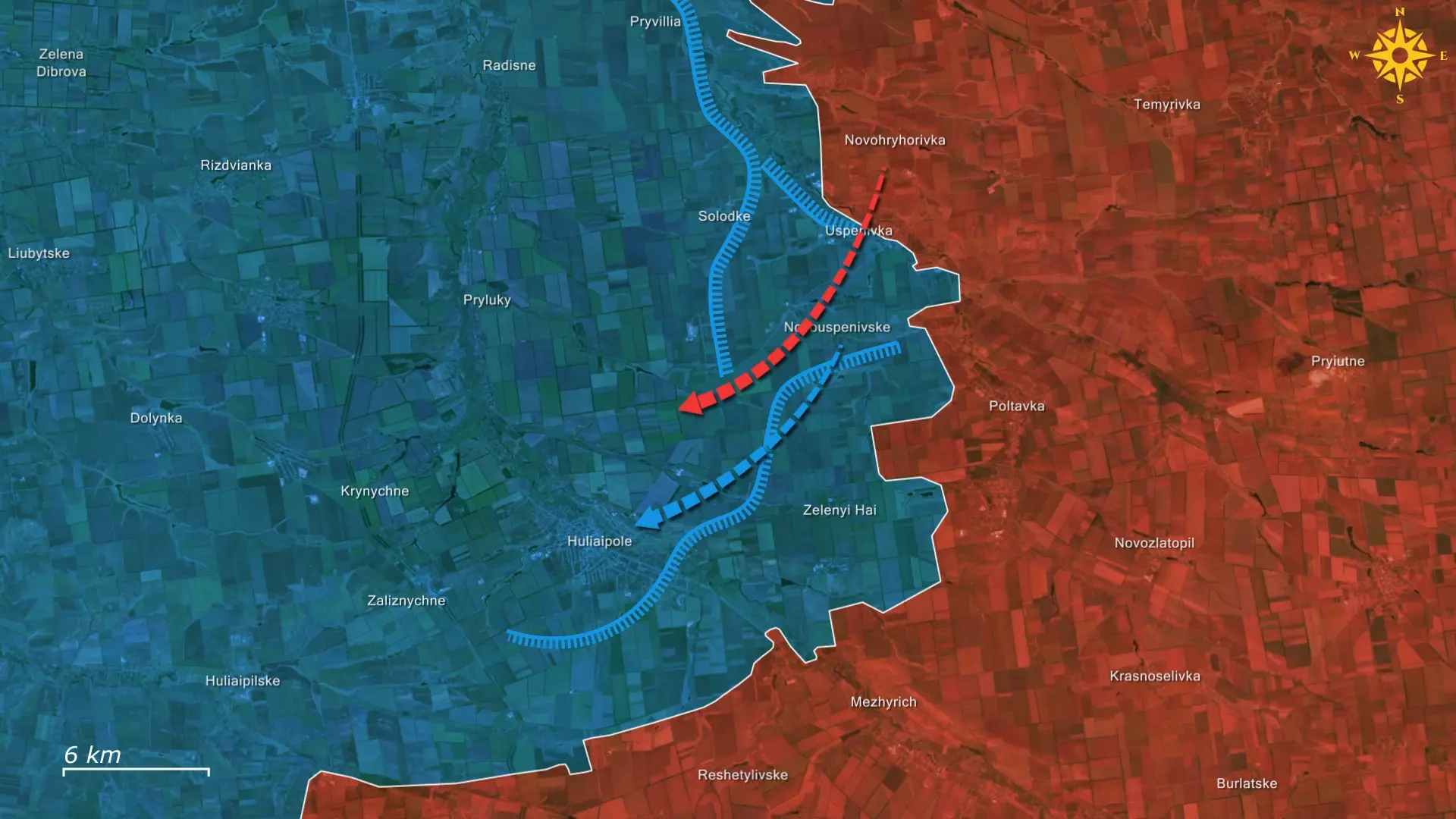
The main Russian goal in this sector is to advance north of Huliaipole. By doing so, Russian forces aim to establish a third axis of pressure and set the conditions for a potential operational encirclement by pressuring Ukrainian defenses from three directions.

The decision to bypass Huliaipole from the north is driven by two key factors. First, Huliaipole serves as the largest and most fortified Ukrainian stronghold in the region. A frontal assault on the town would inevitably result in severe Russian losses, which could rapidly erode their current manpower advantage and stall the wider offensive effort. Second, capturing the area north of Huliaipole would open a corridor enabling Russian forces to push deeper into the Zaporizhia and Dnipropetrovsk regions. This approach would allow them to avoid engaging Ukraine’s strongest defensive lines, increasing the likelihood of sustaining operational momentum.
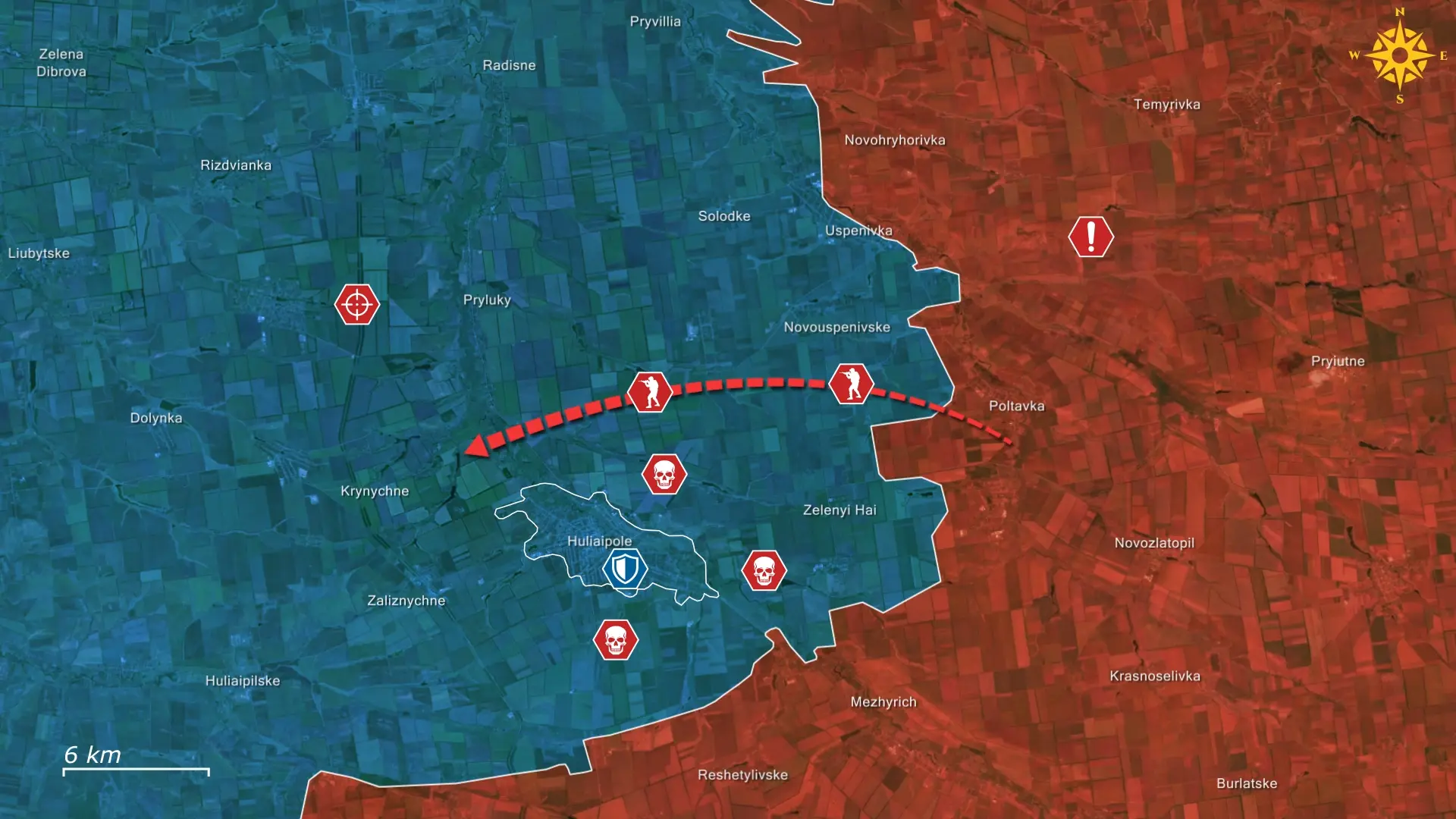
To fulfill their objective, Russian forces committed approximately forty thousand troops to secure overwhelming numerical superiority and concentrated their main effort on Uspenivka, the key Ukrainian strongpoint on the western bank of the Yanchul River. Given the settlement’s advantageous position, the only feasible Russian approach was to overpower Ukrainian positions, infiltrate the village, and establish a bridgehead.

To set the conditions, Russians intensified drone operations, artillery fire, and airstrikes, with over four hundred shells landing daily according to the Ukrainian Southern Defense Forces. This sustained pressure gradually leveled fortified positions in and around Uspenivka. Ukrainian reaction proved too slow to counter the pace of developments, amplifying strain on frontline units. Seizing the opportunity, Russian assault groups exploited dense morning fog to conceal their movement, allowing them to concentrate sufficient forces at a critical point and initiate a breakthrough against the weakened Ukrainian defenses.
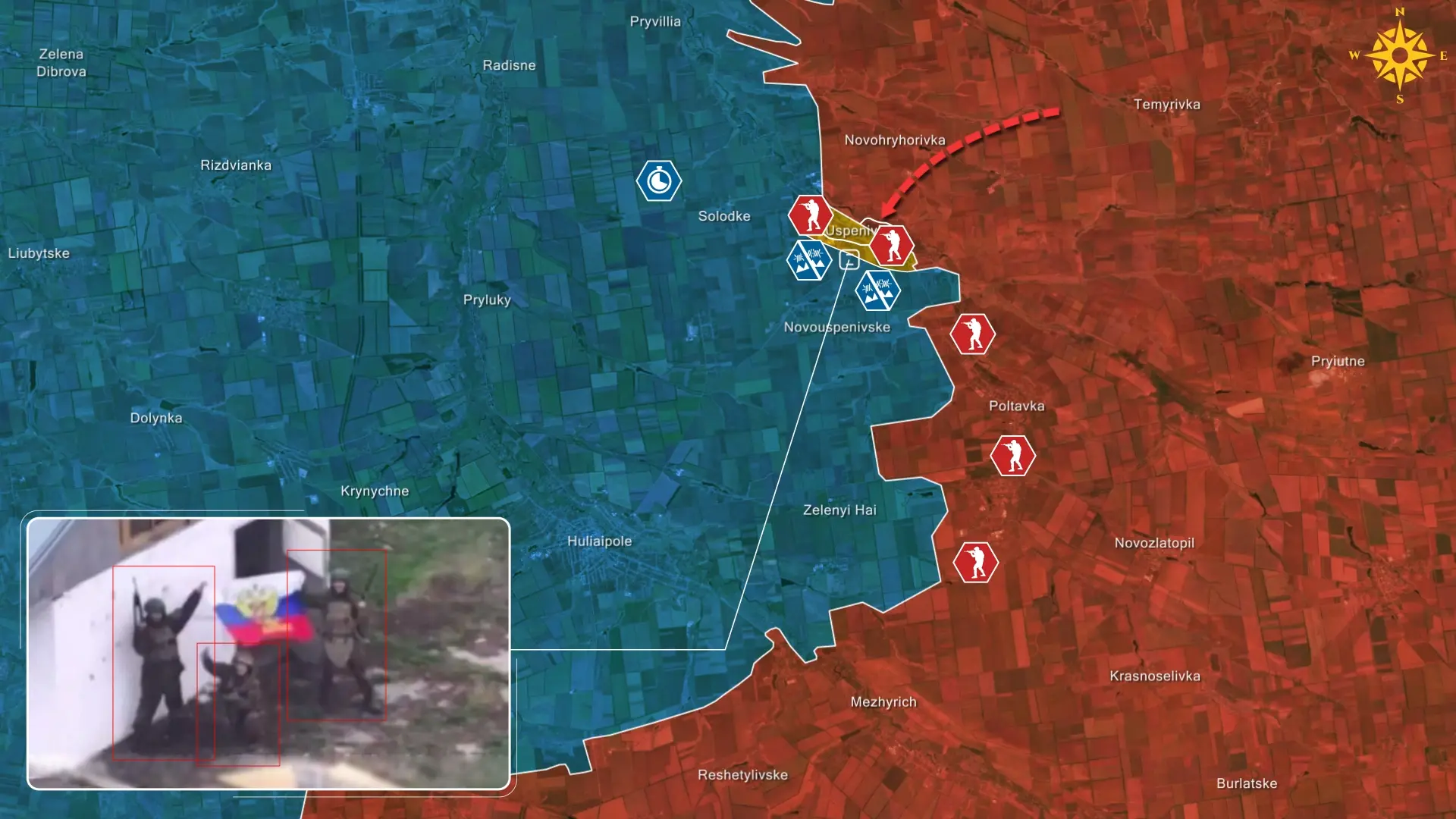
Following their concentrated push, Russian forces captured Uspenivka, opening a broad operational space north of Huliaipole. The scattered villages across the fields between the two rivers quickly became exposed targets for the forty-thousand-strong Russian reserves, who flooded the area faster than Ukrainian drones could kill them. Nevertheless, Solodke and Zelenyi Hai remain holding due to their closer access to Ukrainian supply routes.

With Uspenivka lost, Russian units advanced along a fifteen-kilometer front and penetrated up to eight kilometers in depth. Amid the growing disarray provoked by the collapse of this key position, the Ukrainian command made a pragmatic and widely supported decision: prioritize the preservation of personnel. Rather than attempt to stabilize a rapidly expanding salient under uncertain infiltration conditions, Ukrainian forces initiated a controlled, fighting withdrawal toward the next prepared defensive line.

However, this decision does not imply a passive stance. The next defensive line lies along the Zarichne River, where a chain of small settlements offers favorable terrain for organizing logistics, concentrating reserves, and positioning the equipment required for a sustained defense. Simultaneously, the shift toward preparing this line has prompted Ukrainian forces to reorganize their logistical routes. As a result, units conducting the gradual fighting withdrawal east of the river are receiving increasingly stable supplies, which will slow the tempo of the Russian advance as they draw closer to the riverbank.
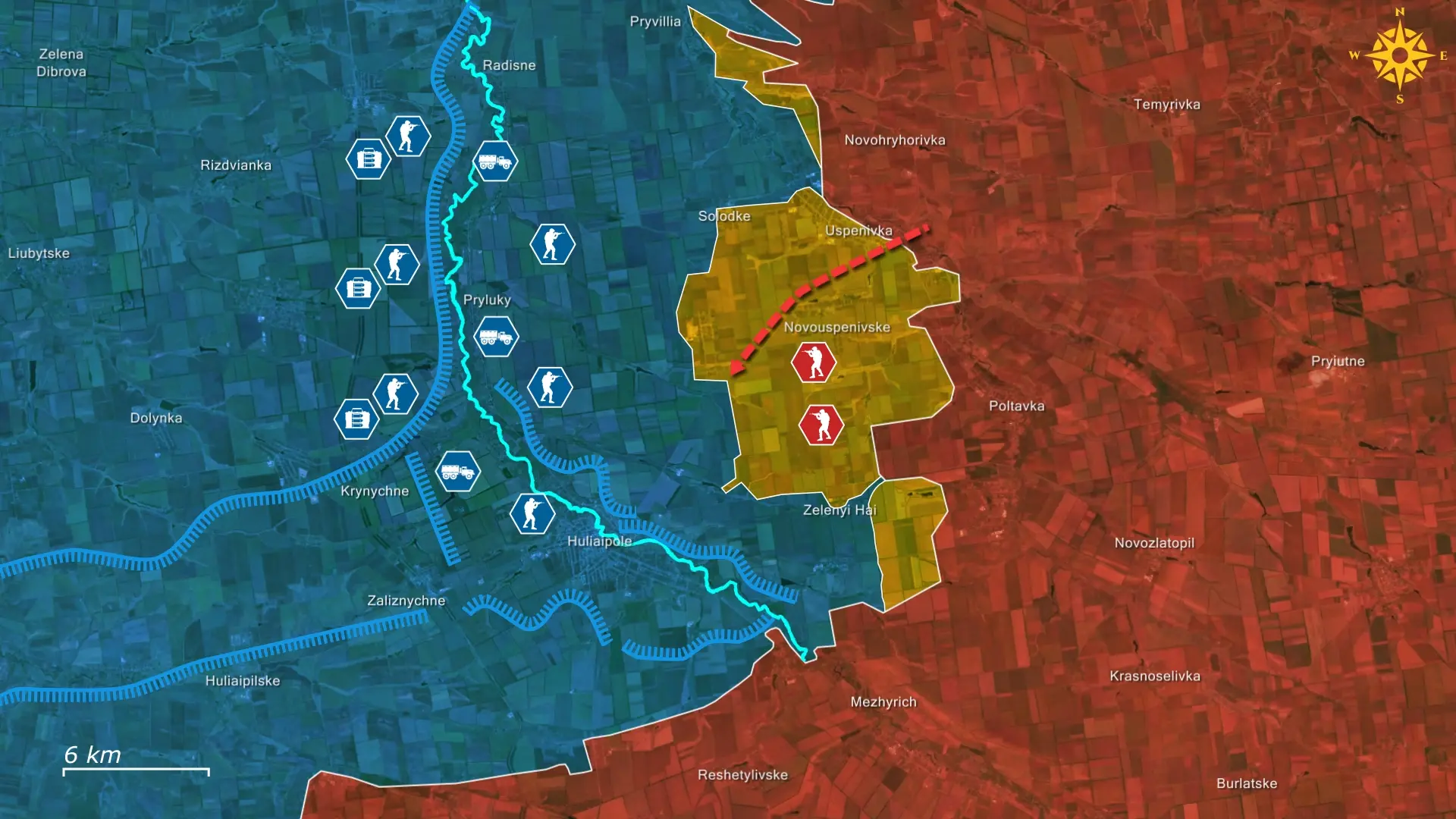
Thus, preparing this line does not mean abandoning all territory east of it or awaiting Russian forces without resistance. Rather, it aims to maximize defensive effectiveness while preserving personnel in the long term. This is essential for three reasons: first, only a firm stand along the river can inflict the attrition necessary to halt the offensive; second, this line is the most strategic position from which to prevent Russian forces from entering the Orikhiv operational area. Finally, preserving manpower—especially under constant drone pressure—is vital to maintaining the strength needed both to repel assaults on Huliaipole and prevent encirclement attempts from the north.

Overall, the Russian penetration north of Huliaipole has created short-term gains but at the cost of stretching their forces into vulnerable terrain. Ukraine’s organized withdrawal to the Zarichne River line is a deliberate move to preserve manpower and concentrate firepower at a more defensible position. This sets the stage for a high-stakes battle where Russia’s ability to sustain momentum will be tested against a reinforced and better-prepared Ukrainian defense.










.jpg)

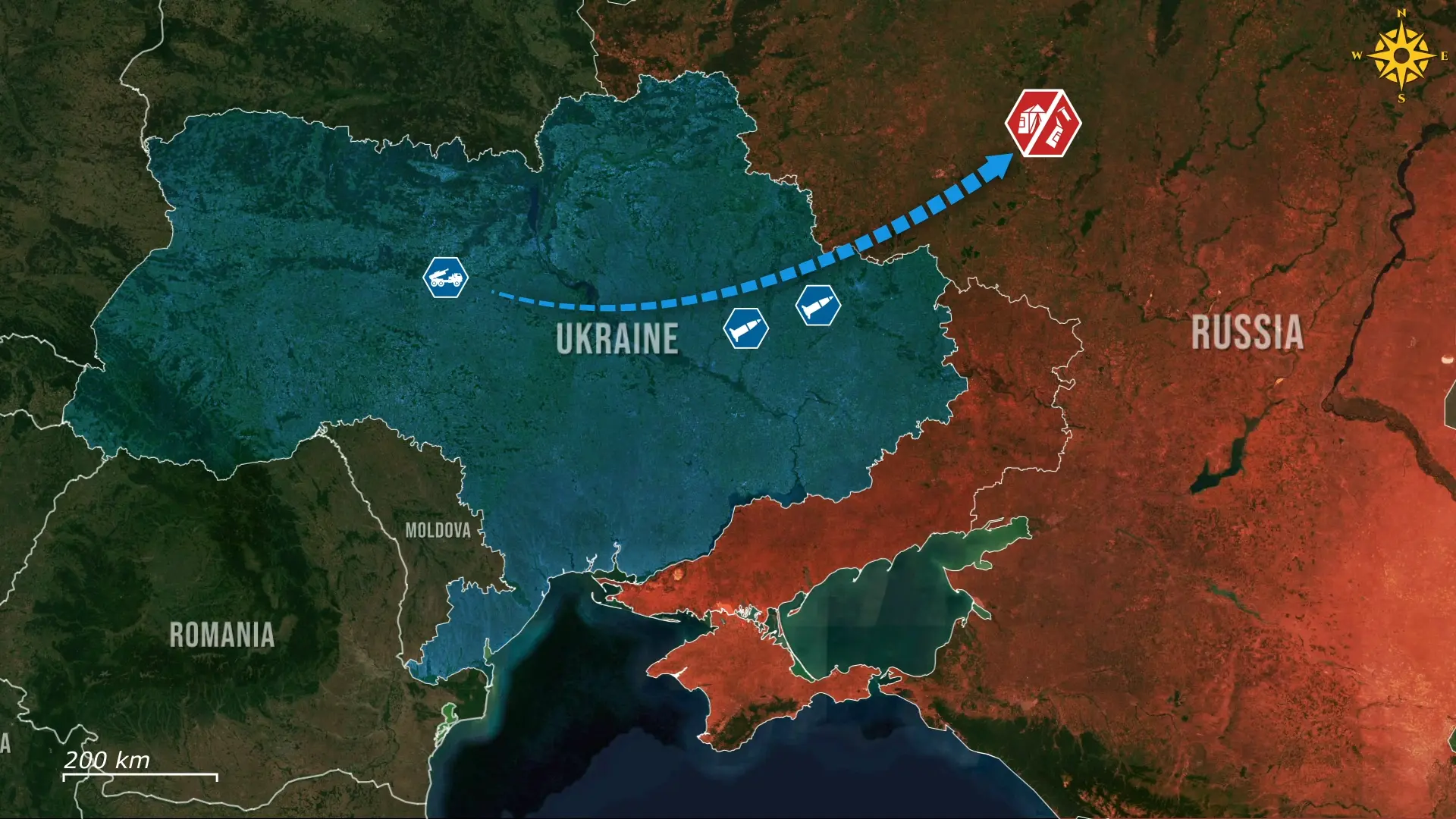
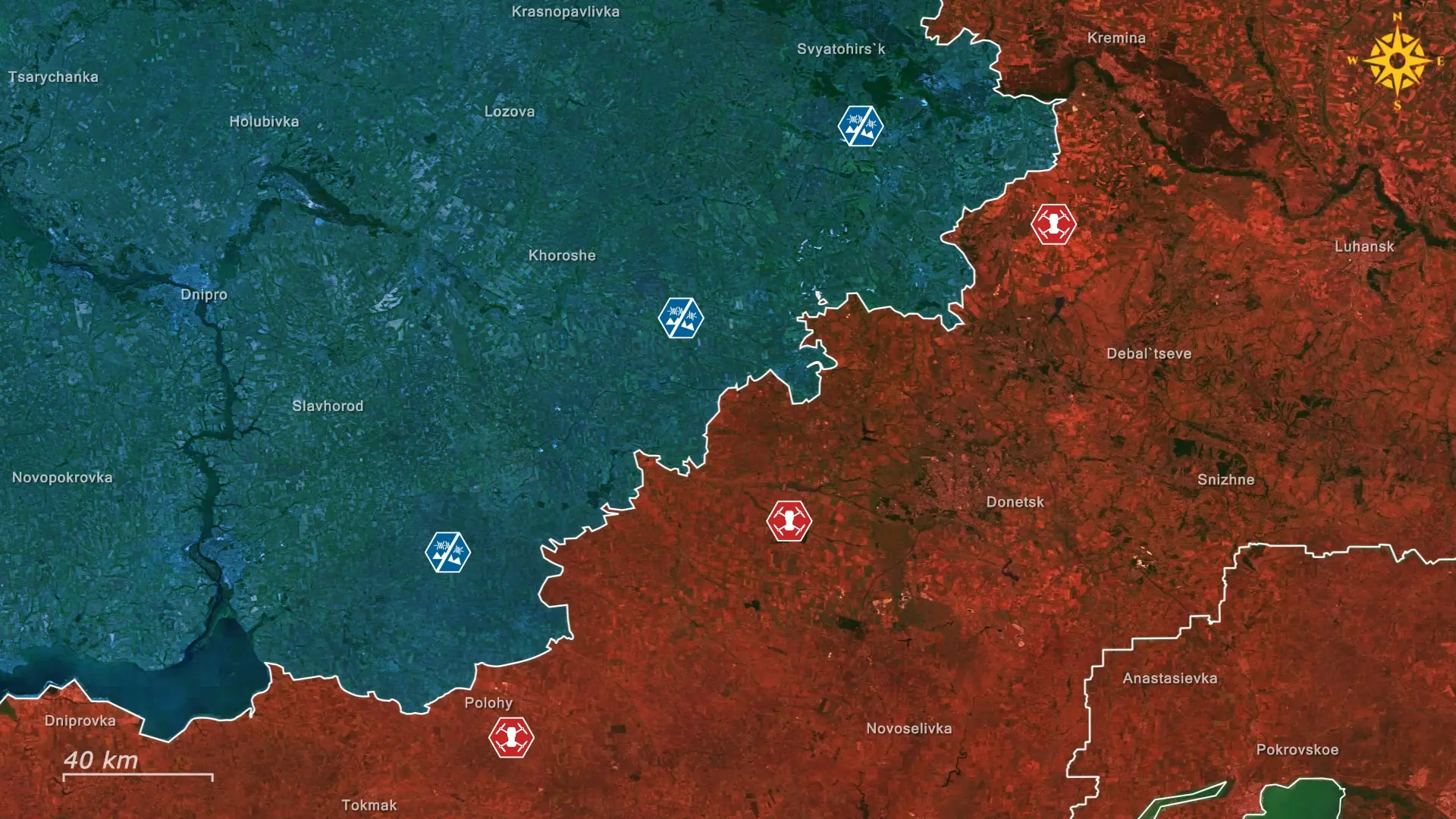



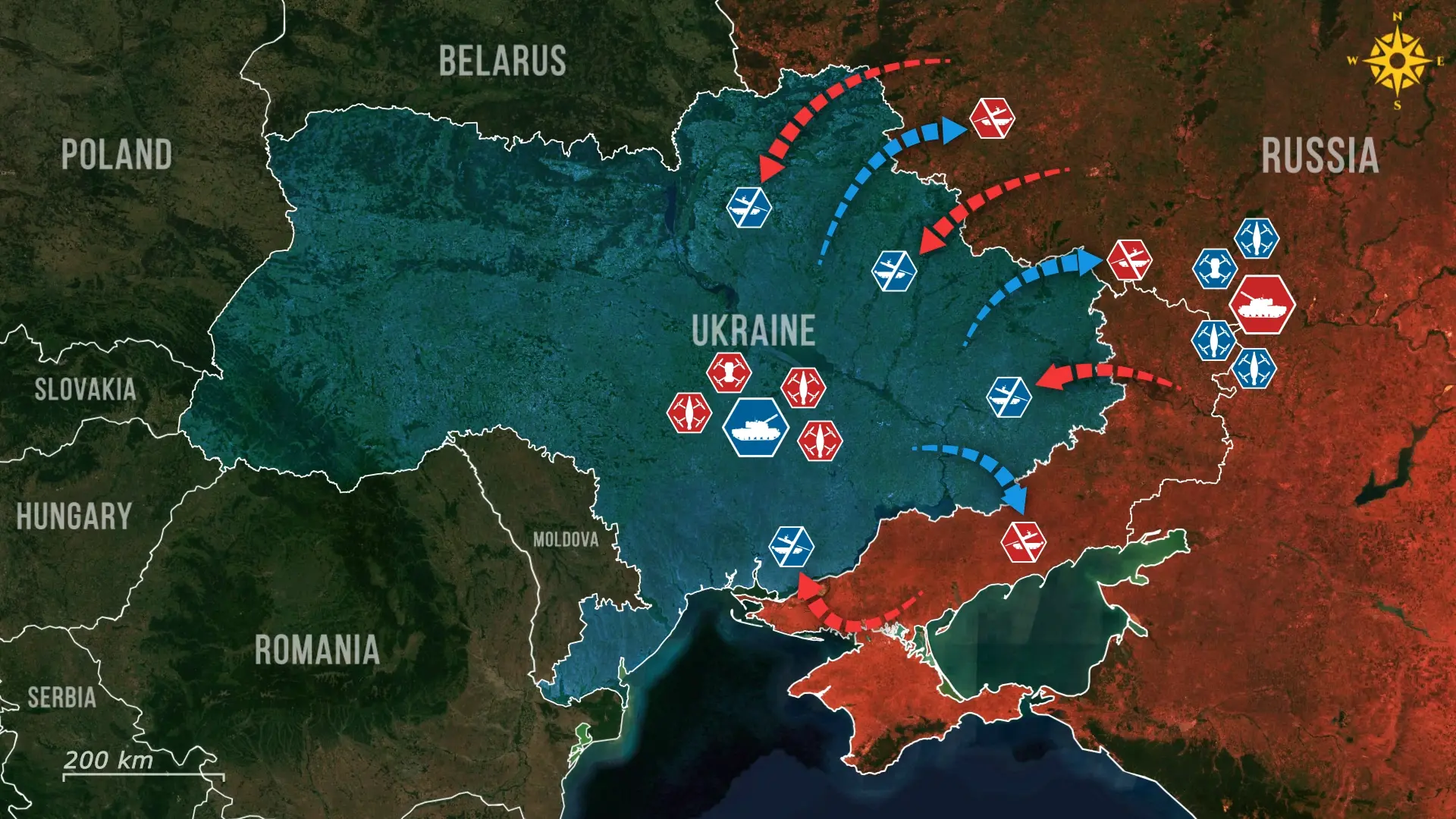
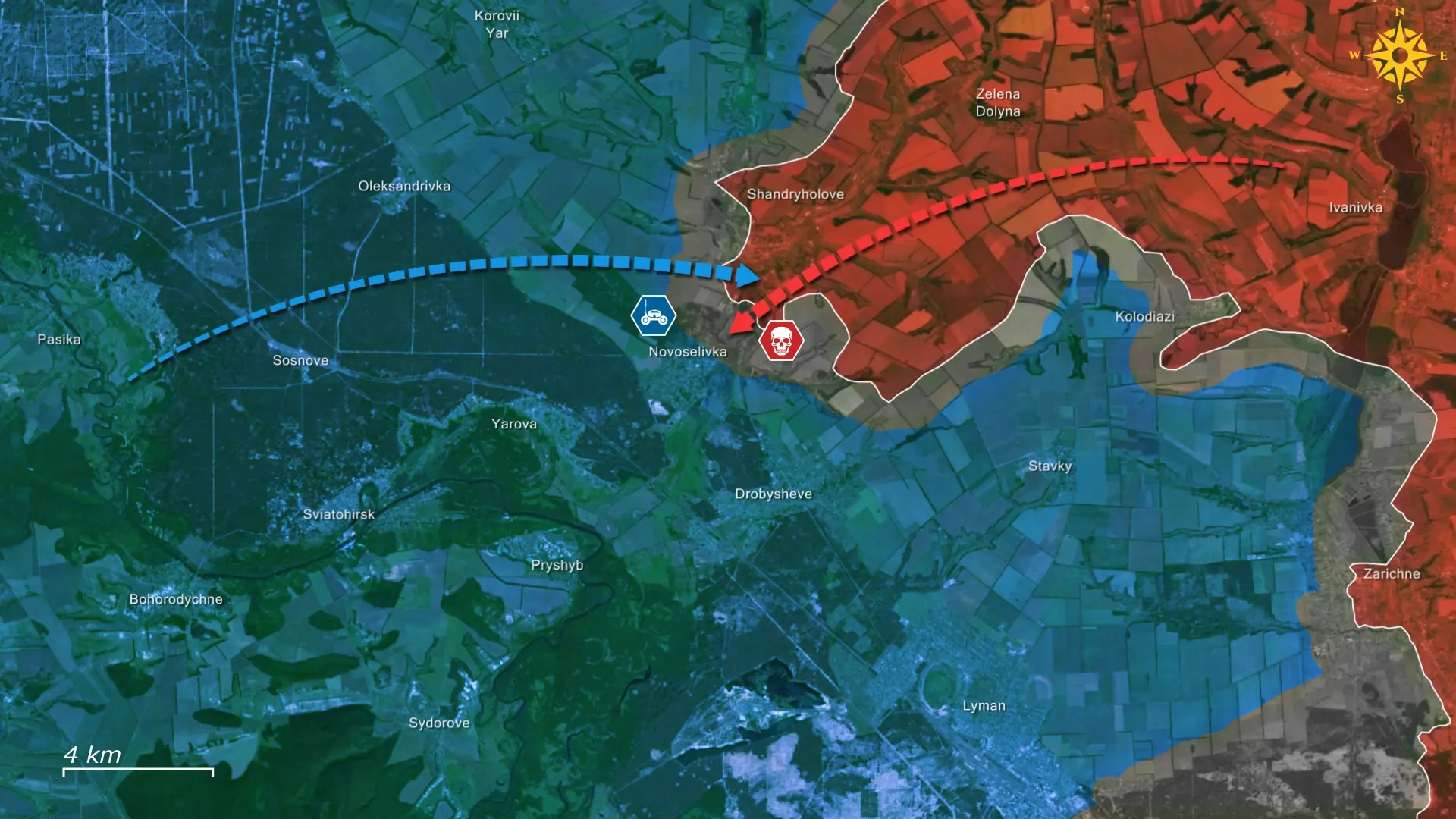
Comments